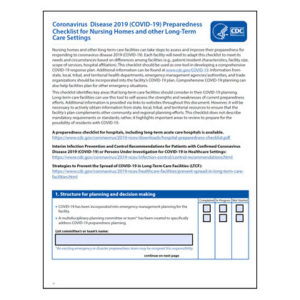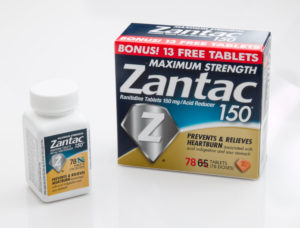In Maryland, a new treatment directive replaces standard DNR form
Joining the Medical Order for Life Sustaining Treatment (MOLST) initiative, Maryland has implemented this new form that a physician or nurse practitioner completes that indicates a person’s wishes in respect to life-sustaining treatments, according to a Baltimore Sun interview with Dr. Barbara Carroll, MD, the medical director at Broadmead, a senior living community. Other states that provide MOLST guidelines are New York, Massachusetts and Delaware.
According to Dr. Carroll, the DNR is a limiting document intended for paramedics to follow if CPR is needed in the ambulance ride to or from the hospital. Upon arrival at the emergency room, the document is invalid.
The MOLST document provides more specific information to healthcare professionals beyond CPR about a person’s wishes on treatments that might be provided in a life-threatening situation, including ventilators, blood transfusions, dialysis, feeding tubes and more.
The physician or nurse practitioner completes the form and indicates to whom he or she spoke to determine treatment options. The form also provides healthcare professionals with the contact information for the physician/nurse practitioner who completed the form. This is a portable and enduring form that is valid across the continuum of care.
The patient can decline filling out the MOLST form, if desired. In this case, however, all applicable life-sustaining treatments would be provided.
It is recommended that anyone in a healthcare facility have a MOLST directive available. Once the resident and/or representative explain and discuss the emergency treatment options and the form is completed, a copy is given to the resident, who may give copies to family members. Dr. Carroll notes that at her community, even independent living residents are encouraged to have a MOLST form on file.

Sandra Hoban was on I Advance Senior Care / Long-Term Living’s editorial staff for 17 years. She is one of the country’s longest-serving senior care journalists. Before joining Long-Term Living, she was a member of the promotions department at Advanstar Communications. In addition to her editorial experience, Sandi has served past roles in print and broadcast advertising as a traffic and talent coordinator.
Related Articles
Topics: Advocacy , Clinical , Executive Leadership , Risk Management










